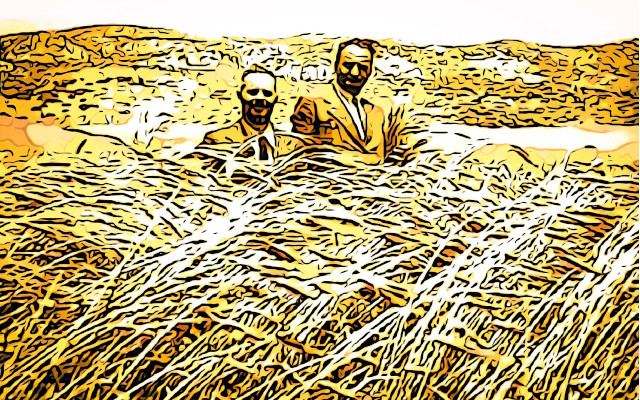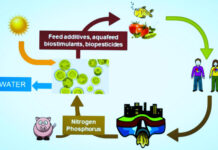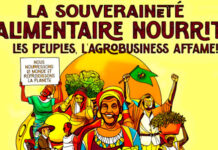An innovative method of analysis, developed by Italian researchers and published in the scientific journal Agronomy, makes it possible to verify the identity and origin of ancient grains. (1) Here’s how and why.
Ancient grains, identity and origin. Opportunities and risks
Agronomic studies conducted in recent decades have made it possible to collect on the territories, analyze and characterize the genomic identity of some 30 local populations, mostly of durum wheat. (2) It was thus possible to identify with certainty the 19 species of ancient grains listed in the National Register of Conservation Species, thanks to their geneticfingerprinting. (3)
However, this first, very important result is not sufficient to guarantee the consumer about the actual origin and purity of the raw material.
The widespread practice of sowing local varieties of ancient grains that do not come from CREA-certified lots, and the very practice of reusing farm seed-when not accompanied by the traditional operations of purging and mucking, which allowed spurious ears to be discarded and the best ones to be chosen-can, however, adversely affect the purity of the grains grown. In a worrisome scenario, agronomically speaking, because soft wheat is much more competitive than durum wheat and tends to gain the upper hand as crop years go by. With the risk of permanently compromising the identity of the harvested seed and derived products.
Innovative method of analysis, the Italian study
The investigation of the wheat varieties used, ancient or modern, has always been particularly complex on products derived from flour and semolina. Scientific literature reports that ancient grains have a lower gluten index than modern grains and their flours a lower strength (W). However, these parameters find some exceptions and therefore cannot be considered optimal for an unambiguous and definitive comparison. Studies prior to the one under review, moreover, offer additional analytical insights that nevertheless postulate the availability of uncommon laboratory equipment.
The study by researchers from the universities of Parma and Padua, together with the CREA in Acireale, Catania, is notable for having developed an innovative method of analysis aimed at effectively tracking some local populations of ancient Sicilian grains. Indeed, the use ofhigh molecular weight glutenins (HMW-GS) as markers enables the detection of varietal correspondence and genetic purity of ancient grains. And consequently, the identity of semolina and flour on the market, labeled as monovarietal. (4)
Contamination with other varieties
The results of the peer-reviewed study under review and published in the prestigious scientific journal Agronomy, however, showed that each of the semolina and flour examined, although labeled as ‘monovarietal’ (Timilia, Russello, Perciasacchi, Margherito, Majorca), was found to be contaminated with other local varieties of durum wheat. And even with significant shares of soft wheat (Majorca) grown on the same farm.
Contaminations can be traced to several causes, according to the authors. These include the exchange of genetically spurious seeds, pollution with other varieties during harvesting due to insufficiently cleaned harvesters. The phenomenon is unremarkable from a food safety perspective and is evidently devoid of fraudulent intent. However, the lack of attention to good agronomic practices risks weakening the identity of cultivars.
Identity and traceability
The identity of local wheat people therefore deserves more attention. Thanks in part to the help of agronomists and researchers committed to fostering renaissance of areas historically devoted to cereal farming. Keeping in mind how the cultivation of native grains with historical origins and distinct varieties, not subject to genetic improvement through crossbreeding but locally adapted, can bring real value to systems based on traditional agroecology. With additional benefit to the environment since such traditional crops with even negative ecological footprint, that is, beneficial to the environment. (4)
Therefore, traceability should include verification of the actual purity of the seeds used, whether purchased or traded or self-grown. With a view to ensuring the effective identity of ancient grains and making appropriate adjustments where appropriate. With the goal of consolidating a system whose integrity is increasingly appreciated by consumers, in part because of the health-promoting prerogatives that scientific research has proven in recent decades. (5) Including through innovative tools such as public blockchain where data is recorded incorruptibly. (6)
Dario Dongo and Paolo Caruso
Notes
(1) Visioli G, Giannelli G, Agrimonti C, Spina A and Pasini G (2021). Traceability of Sicilian Durum Wheat Landraces and Historical Varieties by High Molecular Weight Glutenins Footprint. Agronomy 2021, 11, 143. https://doi.org/10.3390/agronomy11010143 https://www.mdpi.com/journal/agronomy
(2) Dario Dongo, Paolo Caruso. Ancient grains, identity and certification. GIFT(Great Italian Food Trade). 4.6.19, https://www.greatitalianfoodtrade.it/certificazioni/grani-antichi-identità-e-certificazioni
(3) Dario Dongo, Paolo Caruso. Genetic characterization of ancient Sicilian grains, a scientific study. GIFT (Great Italian Food Trade). 10.10.19, https://www.greatitalianfoodtrade.it/progresso/caratterizzazione-genetica-dei-grani-antichi-siciliani-studio-scientifico
(4) Paolo Caruso, Dario Dongo. Ancient grains and the fight against climate change, a scientific study. GIFT(Great Italian Food Trade). 4/24/19, https://www.greatitalianfoodtrade.it/progresso/grani-antichi-e-lotta-al-cambiamento-climatico-studio-scientifico
(5) Dario Dongo, Paolo Caruso. Ancient grains vs modern grains and health, scientific review. GIFT (Great Italian Food Trade). 26.1.20, https://www.greatitalianfoodtrade.it/salute/grani-antichi-vs-grani-moderni-e-salute-rassegna-scientifica
(6) Dario Dongo. Public blockchain and agribusiness supply chain, sustainability for producers and consumers. GIFT(Great Italian Food Trade). 28.2.21, https://www.greatitalianfoodtrade.it/progresso/blockchain-pubblica-e-filiera-agroalimentare-sostenibilità-per-chi-produce-e-chi-consuma









